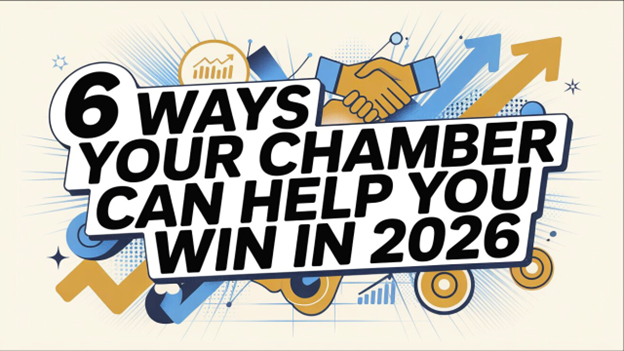Harnessing the Fear of Missing Out During Small Business Season
Years ago, when Black Friday was one day and not six weeks long, I suffered from fear of missing out (FOMO) when it came to bargains. I felt (which was indeed the marketer’s goal) that I had to buy at that moment or risk being charged more later. Rarely was I ready to purchase but I did so because I didn’t want to miss the deal. FOMO is a powerful sales motivator, and the holiday season is one of the best times to leverage that tactic for extraordinary revenue. Here are some tips on how you can do just that.
How to Get More Sales Through Fear of Missing Out
Try these five effective tactics to drive more sales:
1. Limited-Time Offers:
Create a sense of urgency by offering limited-time discounts or exclusive deals. Ideas include:
- Flash sales: Offer deep discounts for a short period of time, like 24 hours or until supplies last. Post them on social media or share them to just your email list. Make sure people know only your special subscribers or those who sign up for texts or follow you will know of these incredible savings opportunities.
- Early bird specials: Reward customers who purchase early (or on a specific day) with a discount or bonus gift.
- Pre-order promotions: Offer exclusive benefits to customers who pre-order your holiday products or give them the opportunity for exclusive first looks.
2. Limited Inventory:
Anyone who remembers the 1983 Cabbage Patch craze will remember these shenanigans and how a limited inventory can inflate prices and drive interest. (They were not cute dolls, but every girl born in the 70s was convinced she needed one.) Highlight the limited availability of your products to create a sense of scarcity. Consider these tactics:
- Product countdowns: Display the number of items remaining in stock on your website and social media. When they’re gone, they’re gone.
- Limited edition products: Create special edition products or bundles that are only available for a limited time.
- Sold-out notifications: Let customers know when a product is sold out and encourage them to sign up for a back-in-stock notification.
3. Social Proof:
Nothing powers social media channels quite like seeing other people in your stream enjoying what you want. It’s likely half the people who went to Europe this summer and fall did so only after seeing on Instagram and Facebook how many of their friends and family were enjoying that continent.
“Listen” on the internet for mentions of you and your products/services and show potential customers that others are already enjoying your products and deals. “Everybody is doing it” is not only a reason to do something in high school but also a solid marketing strategy. Never has it been easier to convince others of this.
- Customer testimonials: Share positive feedback from satisfied customers on your website and social media.
- Social media buzz: Encourage customers to share their photos and experiences with your products using a branded hashtag.
- Live sales notifications: Show real-time updates of how many people are purchasing your products. This is also a solid way to entice people to buy online. Go to Goldbelly.com to see it in action.
4. Countdown Timers:
Add a sense of urgency and excitement (aka “Get it in your cart NOW!) by displaying countdown timers on your website and social media. These timers can count down to:
- The end of a sale
- The launch of a new product
- The deadline for free shipping (that’s the question that will be on everyone’s minds in a few days)
5. Exclusive Email Offers:
Build anticipation and encourage repeat purchases by offering exclusive deals and sneak peeks to your email subscribers. They’ll love:
- Early access to sales: Give your email subscribers a chance to shop your holiday deals before anyone else.
- Free gifts or discounts: Offer a gift or bonus item with purchase to incentivize email sign-ups.
- Behind-the-scenes content: Share exclusive content, like holiday gift guides or product sneak peeks, or unboxings with your email list.
Remember, when using FOMO marketing, it's important to be genuine and transparent. Don't create false scarcity or pressure customers into buying something they don't need. You want to drive sales but not at the risk of the customer relationship. Instead, focus on creating a positive and exciting experience that encourages them to engage with your brand and become loyal customers.
Wait. Don’t go yet. I don’t want you to miss these important final tips! (See what I did there?)
Here are three bonus tips for using FOMO marketing during the holidays:
- Use strong visuals and language to create a sense of excitement. Use a friendly, casual tone like you’re talking to your good friend.
- Promote your FOMO campaigns across multiple channels, including your website, social media, and email marketing. Think of it as a total strategy, not a quick post.
- Track your results and adjust your tactics as needed.
By leveraging FOMO effectively, you can drive more traffic, boost sales, and make this holiday season your most successful yet while building excitement among your audience.
This article published by the Leavenworth-Lansing Area Chamber of Commerce with permission from Frank Kenney Chamber Pros Community.




